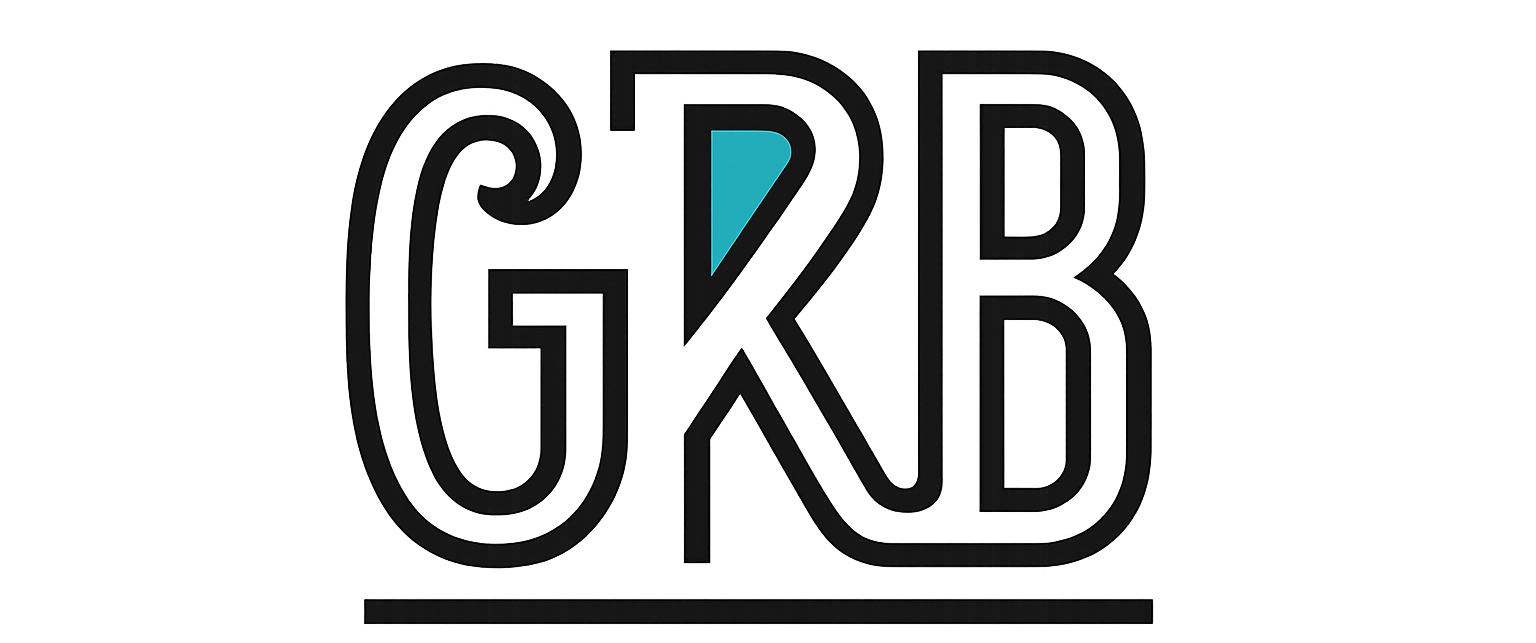The Domino Effect is a powerful productivity principle that suggests focusing on one small, strategic action can trigger a chain reaction of positive outcomes. Just like a single domino can topple a line of thousands, completing one key task can build momentum that makes subsequent tasks easier and more automatic. It’s about identifying the most important action—the “lead domino”—and letting its completion pave the way for a cascade of success.
The Core Principle: One Thing at a Time
At its heart, the Domino Effect is about sequential momentum. The core idea, popularized by Gary Keller in his book “The One Thing,” is that extraordinary success is sequential, not simultaneous. Instead of trying to do everything at once (multitasking), you identify the single most impactful task that, by completing it, will make everything else easier or even unnecessary.
The underlying formula is simple:
- Identify the Lead Domino: Pinpoint the one task that has the highest leverage. This isn’t just any task; it’s the one that, once done, creates the most significant positive impact on your other goals.
- Focus Singularly: Devote your full attention and energy to knocking over that first domino. Protect your time and eliminate distractions to ensure this one task gets done.
- Harness the Momentum: Once the first domino falls, the energy and clarity you gain create a natural pull toward the next task. Each subsequent action requires less willpower because you’re riding a wave of accomplishment.
The Psychology Behind Why It Works
The Domino Effect isn’t just a clever metaphor; it’s rooted in fundamental principles of behavioral psychology and neuroscience.
- Habit Formation: This method is a natural habit-building engine. Small, consistent wins release dopamine, the “feel-good” neurotransmitter, which reinforces the behavior. Your brain begins to associate the action with a reward, making it easier to repeat. This is the foundation of an atomic habit—a small routine that becomes the basis for remarkable results.
- Reduced Cognitive Load: When you focus on just one thing, you significantly reduce your cognitive load. Multitasking forces your brain to switch contexts rapidly, which is inefficient and drains mental energy. By concentrating on a single lead domino, you conserve willpower for the tasks that truly matter.
- Activation Energy: Every task requires a certain amount of initial energy to start, known as “activation energy.” The hardest part is often just beginning. By choosing a small, manageable first domino, you lower this initial barrier. Once you’re in motion, Newton’s first law takes over—an object in motion stays in motion.
How to Implement the Domino Effect: A Practical Guide
Ready to apply this to your own workflow? Here’s a step-by-step guide.
Step 1: Define Your Ultimate Goal
Start with the big picture. What’s the major project or long-term objective you want to achieve? This could be launching a new software feature, writing a research paper, or even improving your physical health. Clarity here is crucial.
Step 2: Identify Your Lead Domino
Work backward from your goal. Ask the focusing question: “What’s the one thing I can do right now such that by doing it, everything else will be easier or unnecessary?”
Let’s break this down with an example.
- Goal: Write a 10,000-word research paper.
- What’s the one thing? Not “write the paper.” That’s too big.
- Maybe it’s creating an outline? That’s better.
- But what’s the one thing to create an outline? Compiling all the source material.
- And the one thing to do that? Finding and downloading the top 5 academic articles on the topic.
That last task is your lead domino. It’s specific, actionable, and its completion directly enables the next step.
Step 3: Time-Block and Execute
Once you’ve identified your lead domino, schedule a specific, uninterrupted block of time to work on it. This is your “one thing” session. Turn off notifications, close unnecessary tabs, and give it your undivided attention. Your only goal during this block is to knock over that first domino.
Step 4: Line Up the Next Few Dominoes
After completing the first task, the momentum will make starting the next one feel natural. Have the next 2-3 dominoes planned out. Using our research paper example:
- Lead Domino: Find and download 5 academic articles. ✅
- Next Domino: Skim the articles and pull out key quotes.
- Domino #3: Group the quotes into themes.
- Domino #4: Structure the themes into a logical outline.
By lining them up, you create a clear path forward and prevent decision fatigue from setting in. You’re no longer staring at a huge, intimidating goal; you’re just focused on tipping over the very next piece. It’s a simple but profoundly effective way to turn overwhelming projects into a series of manageable wins. 🚀

